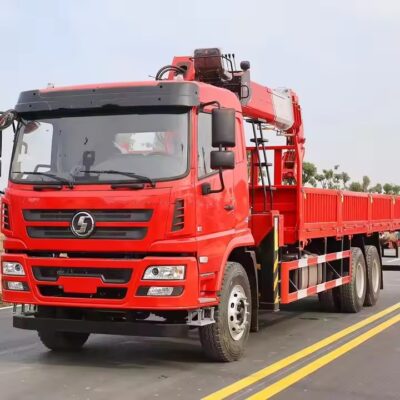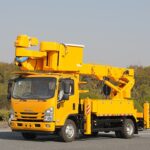Hydraulic winches are vital components of road clearance trucks, primarily used for lifting and towing operations. They come in various sizes, from light to heavy duty, and are generally categorized into two main designs: worm gear and planetary gear reduction structures. These winches are powered by hydraulic motors, which use reduction devices to achieve speed reduction and increased output torque, enhancing their towing capabilities. While worm gear hydraulic winches have simpler structures, lower production costs, and are suited for medium to light-duty applications, planetary gear hydraulic winches are more complex, offer higher efficiency, and are used in medium to heavy-duty scenarios.
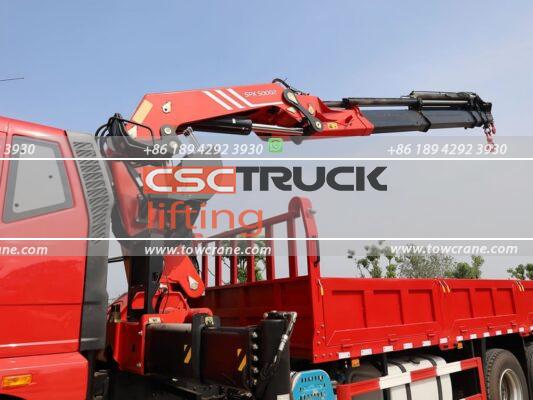
の上 road clearance trucks, hydraulic winches are typically mounted centrally, though side-mounted winches are also common. 一般的に, one or two winches are installed, with the wire rope being directed either upwards or downwards based on the design. To prevent tangling of the wire rope, winches are equipped with rope guide devices. Here’s what you need to consider when installing and using a hydraulic winch:
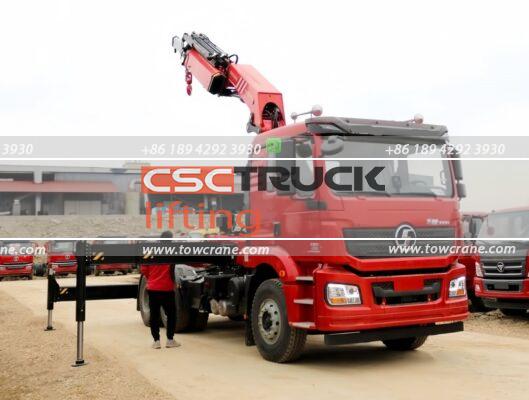
1. Pre-Installation Check: Ensure all winch parts are complete and undamaged. Replace any damaged components before installation.
2. Mounting: Secure the winch to the mounting bracket or support using high-strength bolts (grade 10.9 or higher) to ensure a strong and stable connection.
3. Post-Installation Inspection:インストール後, verify that hydraulic lines are properly connected, the clutch operates correctly, the winch drum rotates smoothly, and there are no jamming issues.
4. Wire Rope Winding: Insert the rope end into the drum’s rope hole, tighten the screws, and wind 4-5 turns around the drum. Apply a force of 3-5 kN to secure the wire rope.
5. Angle Deviation: Ensure the wire rope’s winding and unwinding angle does not exceed 3 degrees to avoid tangling and misalignment. Use a rope press device to keep the wire rope tightly secured when not in use.
6. Initial Testing: Conduct an empty run of the winch before performing heavy-load testing or after long periods of non-use to ensure smooth motor operation.
7. Clutch Usage: Never disengage the winch clutch while lifting or towing. Ensure at least 5 turns of wire rope remain on the drum during operation.
8. Avoid Overloading: Prevent damage and safety hazards by not exceeding the winch’s rated load capacity.
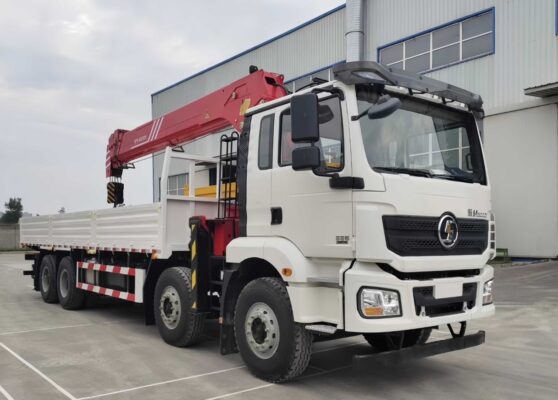
Common Issues and Solutions:
1. Oil Leaks: Leaks from the winch or motor often result from long-term use, damaged seals, or loose connection bolts. Replace seals and tighten bolts as necessary.
2. Clutch Problems: Issues with engaging or disengaging the winch clutch can be due to misalignment or mechanical faults. Adjust the drum to realign the clutch jaws and inspect the operation mechanism for any faults.
3. Pressure Instability and Vibration: These issues can arise from unstable loads or tangled wire ropes. Reorganize the wire rope to correct these problems.
Summary: Regular maintenance and timely repairs of the hydraulic winch are crucial for ensuring its safety, 信頼性, and longevity.




